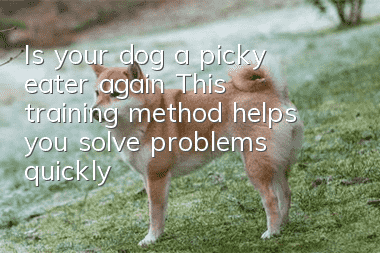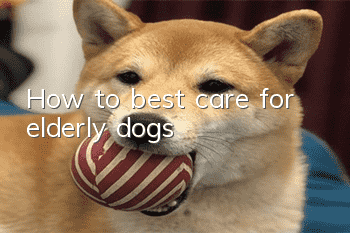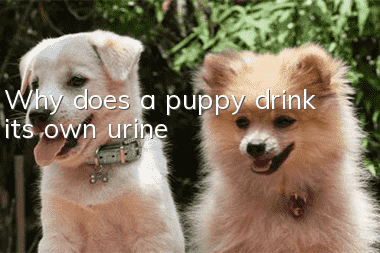Is your dog a picky eater again? This training method helps you solve problems quickly!

I believe that many people who keep pets, especially dogs, will be troubled by the problem of picky eaters. So today, I will bring you a solution-the enhancement principle.
The principle of reinforcement is widely used in people's lives, whether in life or in the workplace. Many companies even use the concept of the principle of reinforcement when formulating regulations. The principle of reinforcement can be used to explain the behavior of the trainees, and it can also help you Summarize the reasons behind these behaviors. The consequences of behaviors are often the main cause of behavior. The following is a brief introduction to the four quadrants of reinforcement, so that people who want to train animals can have a deeper understanding of reinforcement theory.
Basic theory of enhancement
Positive reinforcement: After the subject performs a certain behavior, adding stimuli that the subject likes increases the frequency of the behavior.
Negative reinforcement: After the subject performs a certain behavior, removing the aversive stimulus increases the frequency of the behavior.
Positive punishment: After the subject performs a certain behavior, increase the aversive stimulus to the subject to reduce the frequency of the behavior.
Negative punishment: After the subject performs a certain behavior, the stimulus that the subject likes is reduced, so that the frequency of the behavior decreases.
In reinforcement theory, positive and negative and reinforcement punishment do not represent good and bad, nor right and wrong.
Positive (Positive): represents providing, giving, increasing
Negative (Negativ): represents removal
Reinforcement: making this behavior occur more frequently in the future
Punishment: Reduce the frequency of this behavior in the future
Here are a few practical examples
Positive reinforcement: When the dog goes to the toilet in the right place, give a snack as a reward to increase the frequency of going to the right place
Negative reinforcement: After getting in the car without fastening the seat belt, the car will make an annoying sound reminder until the sound disappears after fastening the seat belt. After a long time, people do not want to be disturbed by the noise, so they obediently fasten the seat belt as soon as they get in the car. (Positive punishment & negative reinforcement are used at the same time)
Positive punishment: When the dog tried to enter the kitchen, he accidentally knocked over a bunch of bottles and jars and made a lot of scary noises. From then on, the dog was less willing to go into the kitchen, in order to avoid the scary noises from happening again.
Negative penalty: ifIf employees are late for work, their attendance bonus will be deducted, so employees should try to reduce the frequency of their tardiness as much as possible.
Usually, "positive reinforcement & negative punishment" and "negative reinforcement & positive punishment" can be used together during training
Example 1:
You want your dog to sit down, but your dog refuses to sit down no matter how you tell him to, so you start pulling on the leash (positive punishment). When he is pulled to the point where he can’t stand it, he sits down and you stop pulling. (negative reinforcement). The behavior of standing is "positively punished", while the behavior of sitting is "negatively reinforced".
Example 2:
When the dog is unwilling to eat, remove all attention from the dog (punishment for picky eating behavior) and treat it as air. When the dog is willing to eat, pay attention and praise it vigorously. Picky eating behavior receives "negative punishment", while eating behavior receives "positive reinforcement".
The above are the theoretical basis behind the success of training using the reinforcement principle, so why can't we use the two combinations of "positive reinforcement & positive punishment" or "negative reinforcement & negative punishment"?
I once saw an owner who wanted to train his dog not to bark at passers-by. He took the dog and snacks to the park. When someone passed by and the dog started barking, the owner pulled the P-chain as hard as he could. The stimulus leaves but the dog is rewarded with food.
Give "positive punishment" when someone passes by, and give "positive reinforcement" when someone leaves
No matter how you look at it, it looks like you are training your dog to bark more at people, rather than modifying your behavior.
- Will dogs be poisoned if they accidentally eat mothballs? It can range from vomiting to anemia or liver and kidney damage.
- Should anal glands, which are N times smellier than feces, be squeezed?
- What food should a golden retriever eat when pregnant?
- Dog suddenly urinates frequently
- How to make a dog jump on the sofa and what kind of training is needed?
- Benefits of dog vaccinations
- How to train a dog to stand for punishment
- How full is better for a dog to eat?
- What can you do if your dog snores?
- The origin of the Saint Bernard dog



